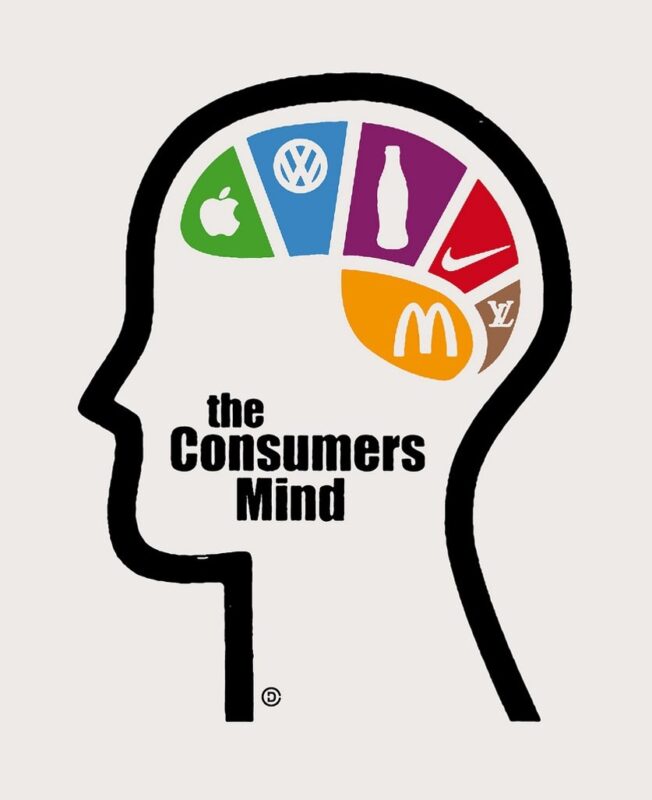Positioning
Positioning is the process by which a company creates a distinct image and identity for its products, services, or brands in consumers’ minds.
In simple words, which word first comes to consumers mind when they hear the brand name?
Let’s try this exercise. Think of the first word that comes to your mind when you see these brands.
- Maruti
- ThumsUp
- Tata
Most of the people associate following words.
- Maruti – Value for money, affordability, mileage
- ThumsUp – Adventure, thrill
- Tata – trust
This is what positioning is all about. Jack Trout and AL Ries introduced the concept of positioning in book Positioning: The Battle for Your Mind
Positioning is one of most powerful concept that comes in the sequence of segmentation, targeting , and positioning. Unfortunately, it is also one of the most misunderstood concepts. Let’s understand what is positioning and various strategies used by brands.
Positioning Vs. Tag line
Many people confuse between positioning and tagline. They think that the tagline is the positioning. But as you can see from the example above, tag line of ThumsUp is Taste the Thunder or Toofani Thanda, but it is positioned as a drink that offers adventure and thrills.
Tag lines are mechanism to enforce the positioning.
Positioning Strategies
Brands can use many strategies for positioning.
- Preemptive positioning
- Umbrella positioning
- Premier positioning
- Positioning against the competition
- Key attribute
- Un-owned positioning
- Repositioning
Preemptive positioning
Brand claims to be the first to offer a specific benefit of feature. Many automobiles use first in class feature in their communications. A very famous and apt example is the Colgate Salt, where it was positioned as the first toothpaste to offer salt as an ingredient.
Umbrella positioning
Umbrella positioning is a statement or slogan that describes the universal benefit of the company’s offering. For example, LIC uses umbrella positioning for all of its policies – Jindagi ke saath bhi, jindagi ke baad bhi.
Premier positioning
Premier positioning focuses on the brand’s exclusivity. Luxury brands like BMW, Gucci, Armani etc. use this strategy. Sometimes, being part of exclusive clubs like Fortune 500 companies is also used to reinforce exclusivity.
Positioning against the competition
Brand positions the product directly against the competitor. Initially Patanjali Dantkanti was positioned against Colgate on the attributes of being a Desi (home grown brand) that won over videshi (MNC) companies.
Key attribute
Positioning focuses on the key attribute of the product. Ingredients like Salt in toothpaste is one example. Using Intel processor is another common example. Killing 99.9% germs (Dettol) or the fastest network are some examples where brands decide to position on one specific attribute. Sebamed pushed its bathing soap against the market leader brands on one key attribute of pH value.
Un-owned
Positioning on an attribute that is not owned by others. Most of the deodorant brands in India were positioned on ‘attractive power to get other gender” and sexist advertising. When Fogg deodorant entered into the market, it positioned itself on ‘No gas’ concept and focussed on how many number of sprays it can offer (durability and longevity of fragrance). The previously un-owned attribute of durability was claimed by Fogg. It killed the market leader Axe and rest is history.
Repositioning
As the name suggests, brands reposition due to fatigue or lost in interest among consumers. TO meet the new set of consumers, brands change their logo/symbols/colors to match the right target segment. Airtel and Lifebuoy have repositioned themselves with change in logo and product offering. Does anyone remember the red rectangular Lifebuoy soap with famous jingle. Tandurusti ki Raksha Karta Lifebouy..Lifebouy hai jahan, tandurusti hai wahan







